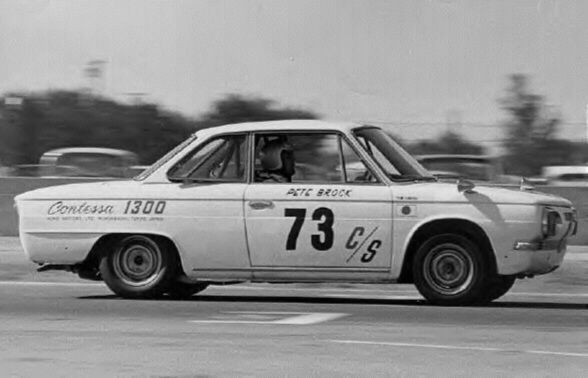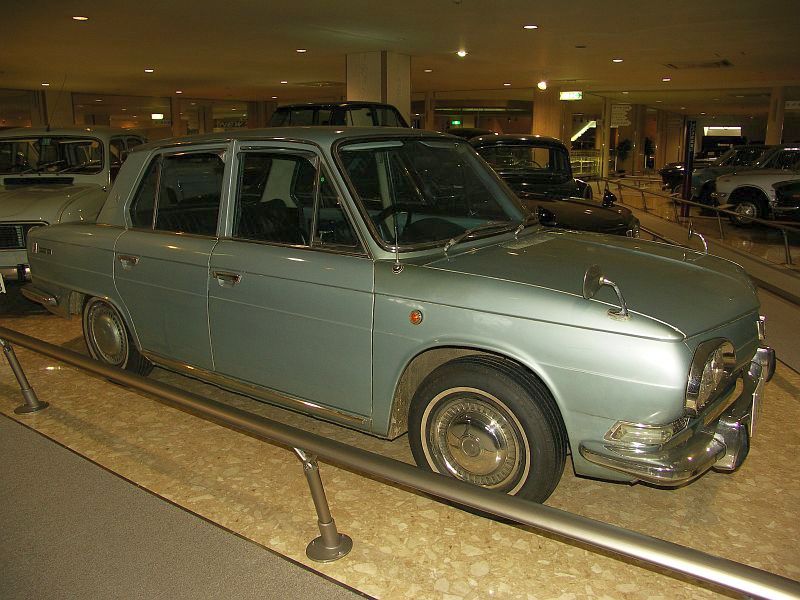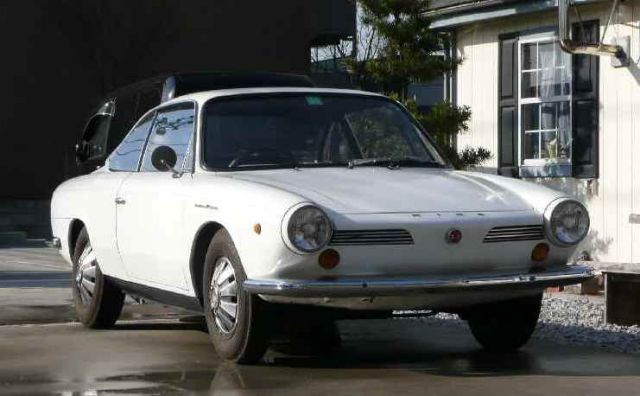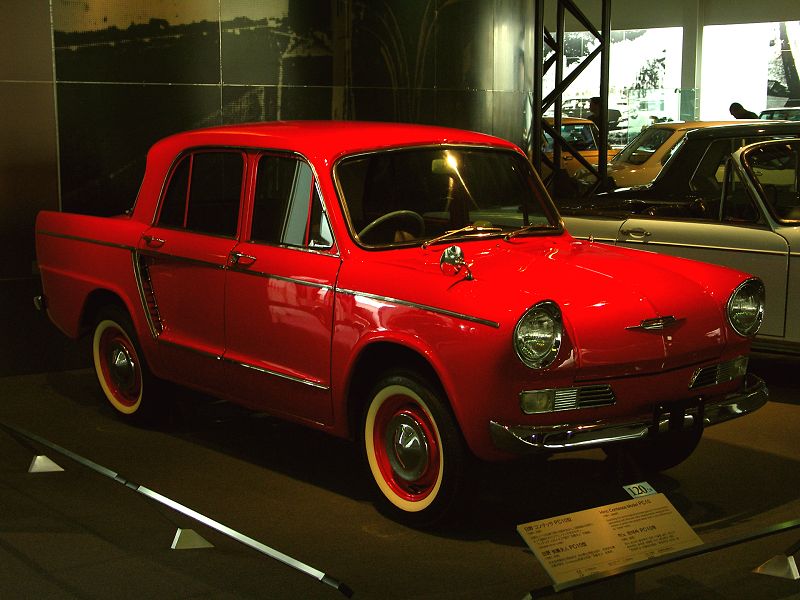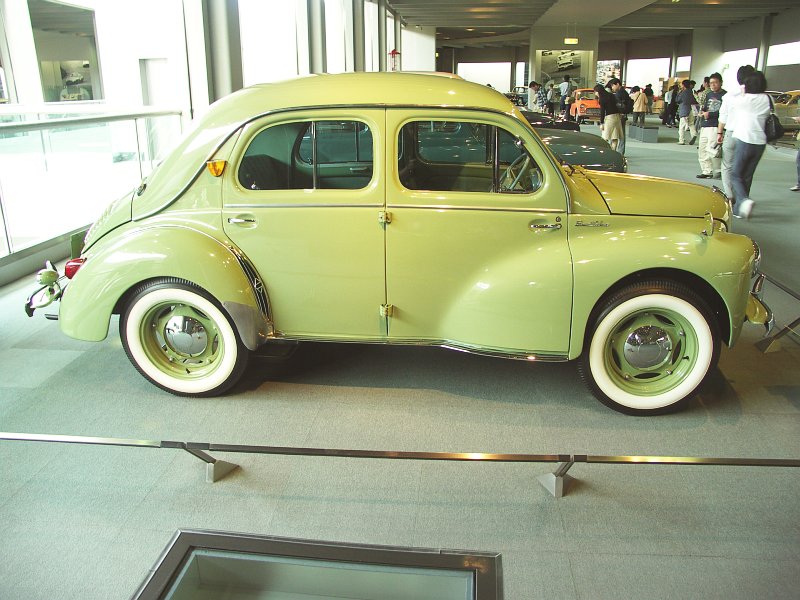Introduction to Hino
Hino Motors, Ltd., commonly referred to as Hino, is one of Japan’s most significant commercial vehicle manufacturers. Best known for its trucks and buses, Hino has played a central role in Japan’s industrial and transportation development. While its global identity is rooted in commercial vehicles, the company also had a brief but notable period producing passenger cars. As a subsidiary of the Toyota Group, Hino remains a cornerstone of reliable logistics and transport across Asia, Africa, and beyond.
Early Origins
The Birth of Hino
Hino’s origins trace back to 1910 with the founding of Tokyo Gas Industry Company (which would later become part of Isuzu). In 1942, the company split, and the Hino division became independent as the Diesel Motor Industry Company, focusing on diesel engine manufacturing. By 1948, it officially became Hino Diesel Industry Co., Ltd. The company’s early years were heavily centered around industrial and military diesel applications, but post-war recovery efforts shifted focus to civilian transportation needs.
The Name “Hino”
The company took its name from the location of its primary plant—Hino city in Tokyo prefecture. As Japan’s need for infrastructure and goods transport increased in the 1950s, Hino capitalized on the demand by expanding its truck and bus operations, establishing itself as a reliable commercial vehicle brand.
Entry into Passenger Cars
The Renault Connection
In 1953, Hino entered into a technical agreement with Renault to build passenger cars under license. This led to the production of the Hino-Renault 4CV, a small family car powered by a 747cc rear-mounted engine. It was among the first post-war cars to be manufactured in Japan and helped Hino gain expertise in automotive production.
Hino Contessa
After successfully producing the Renault 4CV, Hino began developing its own passenger car. The result was the Hino Contessa, introduced in 1961. The Contessa was a compact sedan with a rear-mounted engine and stylish Italian design by Giovanni Michelotti. It came in two major versions:
- Contessa 900 (1961–1964) – Powered by a 893cc inline-4 engine.
- Contessa 1300 (1964–1967) – Featured a 1.3-liter engine and came in sedan and coupe forms.
Though it never gained huge sales success, the Contessa demonstrated that Japanese carmakers could design and build stylish, competitive vehicles. The coupe, in particular, earned praise for its looks and spirited performance.
Commercial Vehicle Expansion
Rise in Truck Production
Even as it dabbled in passenger cars, Hino’s core business remained in trucks. Its medium and heavy-duty trucks became staples of Japanese logistics by the 1960s. Hino developed a reputation for engineering robust, long-lasting diesel engines, and began exporting to countries across Asia, the Middle East, and Africa.
Bus Manufacturing
Hino also became a dominant force in bus manufacturing. Its city and tour buses were used widely across Japan, and later, overseas markets. Hino buses were known for their reliability, fuel efficiency, and comfort, which made them popular with transit companies and tour operators alike.
Toyota Merger and End of Passenger Cars
Joining the Toyota Group
In 1965, Toyota began taking a stake in Hino. This move reflected Toyota’s growing interest in strengthening its commercial vehicle offerings while consolidating Japan’s competitive automotive landscape. By 1967, Hino ceased passenger car production to avoid competing with Toyota’s own models. The Contessa 1300 was the last passenger car produced by Hino.
Focus on Commercial and Heavy-Duty Vehicles
With full integration into the Toyota Group, Hino doubled down on commercial vehicles, particularly trucks and buses. The company’s engineering talent and expertise in diesel technology were redirected toward becoming a global force in logistics solutions, from urban delivery trucks to long-haul freight transporters.
Global Expansion
Asia and Developing Markets
Throughout the 1970s and 1980s, Hino expanded aggressively into Southeast Asia, the Middle East, and Latin America. In many developing nations, Hino trucks became indispensable to infrastructure and commerce. Governments and companies favored Hino vehicles for their durability, ease of maintenance, and access to Toyota-backed service networks.
Entry into the United States
Hino entered the U.S. market in the 1980s, offering light and medium-duty trucks. Hino USA quickly built a reputation for fuel efficiency, particularly in urban and delivery truck segments. The company established manufacturing and assembly operations in North America, including plants in California and later in West Virginia.
Recent Developments
Technological Innovation
Hino has consistently invested in clean diesel technology, hybrid drivetrains, and alternative fuels. It introduced hybrid electric trucks and buses in various markets, particularly Japan, to meet increasingly strict emissions regulations and sustainability goals.
Hino Profia and Dutro
Two of Hino’s most recognized truck models are:
- Hino Profia – A heavy-duty truck used in long-haul transport. Known for comfort, fuel efficiency, and load-carrying capacity.
- Hino Dutro – A light-duty truck, often seen in urban delivery roles. Shared underpinnings with the Toyota Dyna in some markets.
Electric and Hydrogen Future
In collaboration with Toyota, Hino is working on electric and hydrogen-powered trucks and buses. These efforts reflect the global push toward zero-emission transportation and position Hino as a key player in future mobility solutions for commercial logistics.
Legacy and Historical Significance
Contribution to Japan’s Postwar Recovery
Hino’s trucks and buses were instrumental in rebuilding post-war Japan. From moving goods and workers to providing mass transit solutions, the company played a central role in economic and industrial revival.
The Forgotten Contessa
Although a relatively minor part of Hino’s long history, the Contessa remains a point of fascination for Japanese car enthusiasts. Its stylish Italian lines, rear-engine layout, and rarity make it a collector’s item today. Enthusiast groups and vintage rallies occasionally feature well-preserved examples.
Global Trust and Reliability
For decades, Hino’s name has been associated with rugged reliability in the transport world. Whether in crowded Asian metropolises or remote African towns, Hino trucks continue to provide essential mobility and logistical support.
Conclusion
The history of Hino Motors is a story of resilience, adaptation, and industrial excellence. From its early days in the postwar economy to its brief stint in the passenger car market and eventual rise as a commercial vehicle titan, Hino has carved out a legacy of durability and dependability. As the world moves toward sustainable transport, Hino is evolving once more—ready to deliver the future of clean, efficient logistics.
List of Hino Cars
| Image | Name | Summary | Categories | hf:categories |
|---|---|---|---|---|
| Hino Contessa 1300 | The Hino Contessa 1300 was the second generation of Hino’s compact passenger car line, introduced … | Hino | hino manufacturer | |
| Hino Contessa 1300 Coupé | The Hino Contessa 1300 Coupé was the sportiest and most stylish version of Hino Motors’ … | Hino | hino manufacturer | |
| Hino Contessa 1300 Coupé Racing | The Hino Contessa 1300 Coupé Racing was the competition-tuned version of the elegant Contessa 1300 … | Hino | hino manufacturer | |
| Hino Contessa 1300 Deluxe | The Hino Contessa 1300 Deluxe was the more refined and better-equipped version of the second-generation … | Hino | hino manufacturer | |
| Hino Contessa 1300 Sprint | The Hino Contessa 1300 Sprint was a striking prototype sports coupé developed in the mid-1960s … | Hino | hino manufacturer | |
| Hino Contessa 900 | The Hino Contessa 900 was the first generation of the Contessa series, introduced in 1961 … | Hino | hino manufacturer | |
| Hino Contessa 900 Sprint | The Hino Contessa 900 Sprint was a special high-performance prototype version of the Hino Contessa … | Hino | hino manufacturer | |
| Hino Contessa PC10 | The Hino Contessa PC10 was the first passenger car designed and built entirely by Hino … | Hino | hino manufacturer | |
| Hino Renault PA | The Hino Renault PA was a small car produced by Hino Motors under a licensing … | Hino | hino manufacturer | |
| Hino Renault PA61 | The Hino Renault PA61 was a small passenger car produced by Hino Motors in the … | Hino | hino manufacturer | |
| Hino Renault PA62 | The Hino Renault PA62 was a small, distinctive car produced in Japan during the 1950s … | Hino | hino manufacturer |


